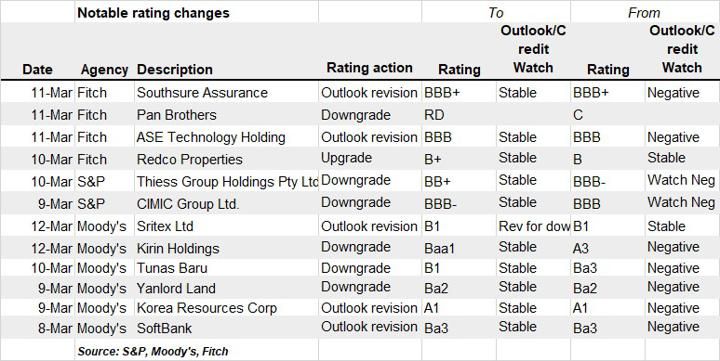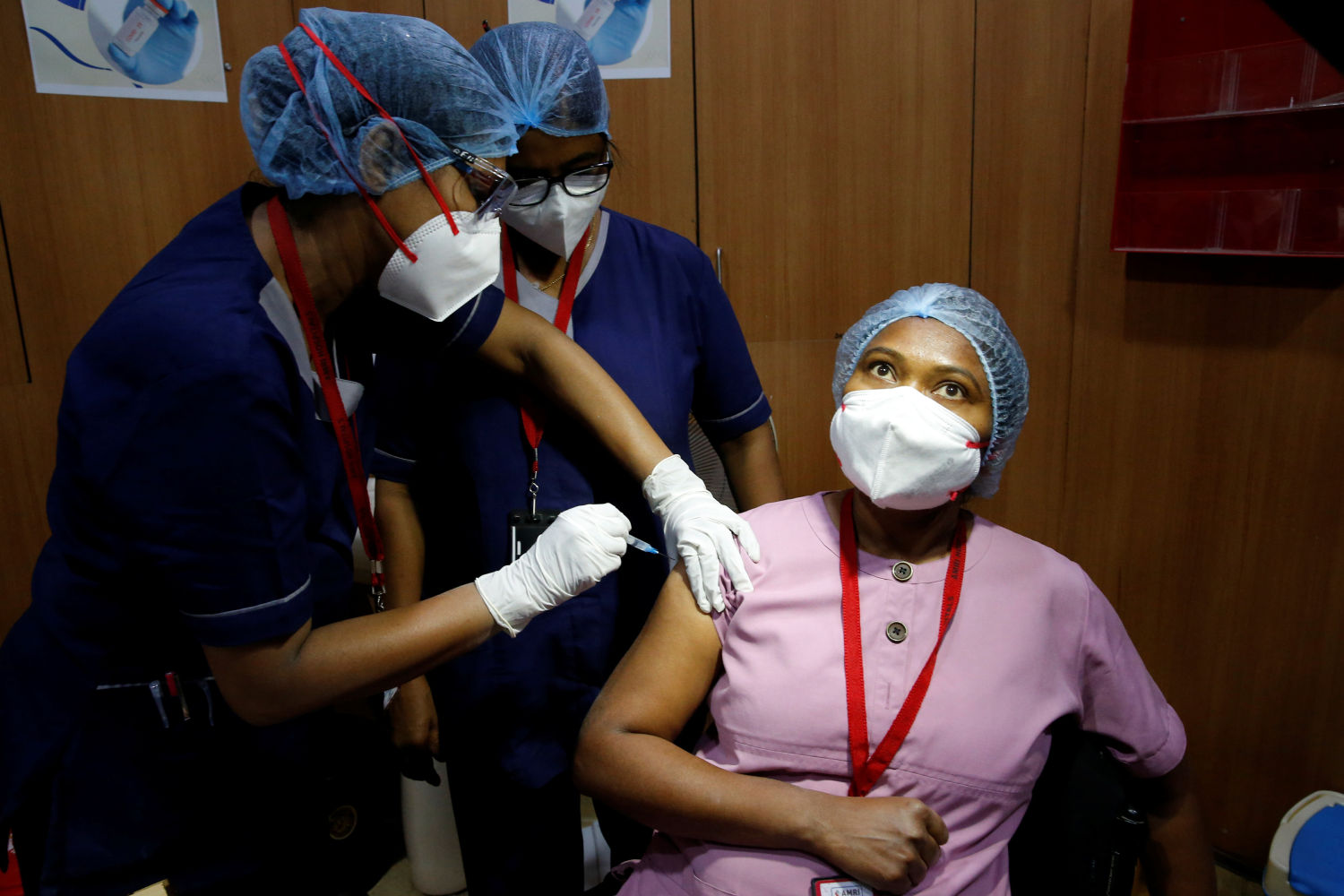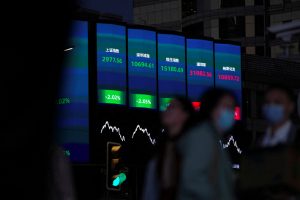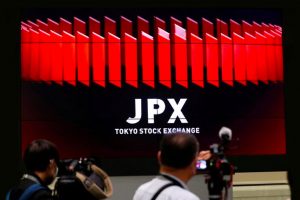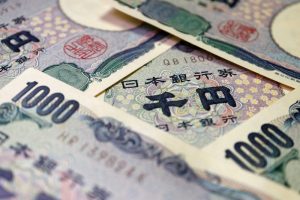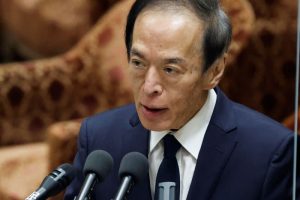(ATF) Economic events
Rising bond yields and intensifying volatility will drive investor sentiment in the week ahead as vaccine rollouts gather pace. The confidence that economic activity will normalise in the months ahead is also stoking concerns about inflation with markets signalling to central banks they may be behind the curve in raising interest rates. While the markets are telling the US Federal Reserve it expects rates to go up as early as end-2022, central bank officials are insisting rates will be unchanged until the end of 2023.
It is in that light the central bank policy meetings in the US, UK and Japan, will be closely monitored as portfolios churn in favour of value and away from growth eyeing the shifts in economic growth patterns. Federal Reserve chair Jay Powell is expected to revise GDP forecasts higher and lower unemployment forecasts.
“Both Federal Open Market Committee and Bank of England meetings will nevertheless be watched closely for any signs that the improving outlooks, and recent upward pressures on bond yields, could potentially lead to policy accommodation being tapered earlier than previously signalled,” said Chris Williamson, chief business economist at IHS Markit.
He added the Bank of Japan could widen the bands of its yield curve control when it announces the findings of its policy framework review at its upcoming monetary meeting.
Economic data from China will remain in focus as the world’s second-largest economy unveils industrial production, retail sales, investment, house price and unemployment data early in the week.
“Reflecting a very low base last year and strong export data, we forecast February IP growth will be ~40% y/y, as the manufacturing sector likely benefited from the “stay local for holiday” policy,” said Barclays economists in a note.
They expect fixed-asset investment growth to rise to about 45% year on year in the first two months, possibly driven by manufacturing investment. Retail sales may have grown around 23% on year in view of its relatively weaker performance due to the winter Covid-19 outbreak, they added.
In Asia the progress of vaccine drives is also expected to pick up pace in the coming months adding to the economic optimism.
As the first cheques from the $1.9 trillion US stimulus start reaching consumers, financial markets will monitor how their spending affects the economy with some commentators expecting it to drive another surge of retail investing. This is significant because the army of retail investors are known to target short sellers in their attempt to take the stock “to the moon” .
As we approach the end of the month, attention will also be focused on the large Chinese company earnings. While listed Chinese companies are allowed to report their December quarter and annual results by end of April, the big ones usually report around the end of March.
FUND FLOW
The spike in bond yields in the week to March 10 saw investors dumping fixed income fund holdings in favour of Equity Funds, which took in over $20 billion for the fifth straight week and remained on track for a new quarterly inflow record, according to fund data provider EPFR.
“The mini bond tantrum from a week or so ago continued to put pressure on fixed income funds. IG, HY and EM debt funds all recorded outflows. However we think that the dovish stance by the European Central Bank (ECB) will allow fixed income markets to recoup these outflows as rates vol has receded since,” said BofA Securities analysts Ioannis Angelakis, Barnaby Martin and Elyas Galou, referring to the ECB’s announcement it would accelerate the pace of asset purchases next quarter.
Bond funds post their biggest outflow in nearly a year as concerns about US bond yields and the liquidation of funds linked to bankrupt supply chain finance company Greensill Capital weighed on investors’ minds.
“The prospect of another wave of US sovereign debt hitting bond markets to finance stimulus spending that (potentially) stokes inflation prompted fixed income investors to take a step back in early March,” said Cameron Brandt, EPFR’s research director.
Equity funds benefited as the reflation story gained traction ahead of the US stimulus package with EPFR-tracked Developed Markets Equity Funds collectively extended their longest inflow streak since the fourth quarter of 2017.
Emerging Markets Equity Funds logged their third largest inflow on record with funds dedicated to China leading, taking in over $4 billion while chalking up their ninth inflow in the 10 weeks year to date.
“Strong growth outlooks for key emerging markets, especially in Asia, and still attractive valuations are also fueling investor appetite for this asset class,” said Brandt.
EPFR said that although emerging markets bond funds recorded their biggest outflow since late in the first quarter of 2020, China bond funds continue to attract fresh money extending an inflow streak stretching back over 10 months.
Economic data calendar

Last week’s rating changes
